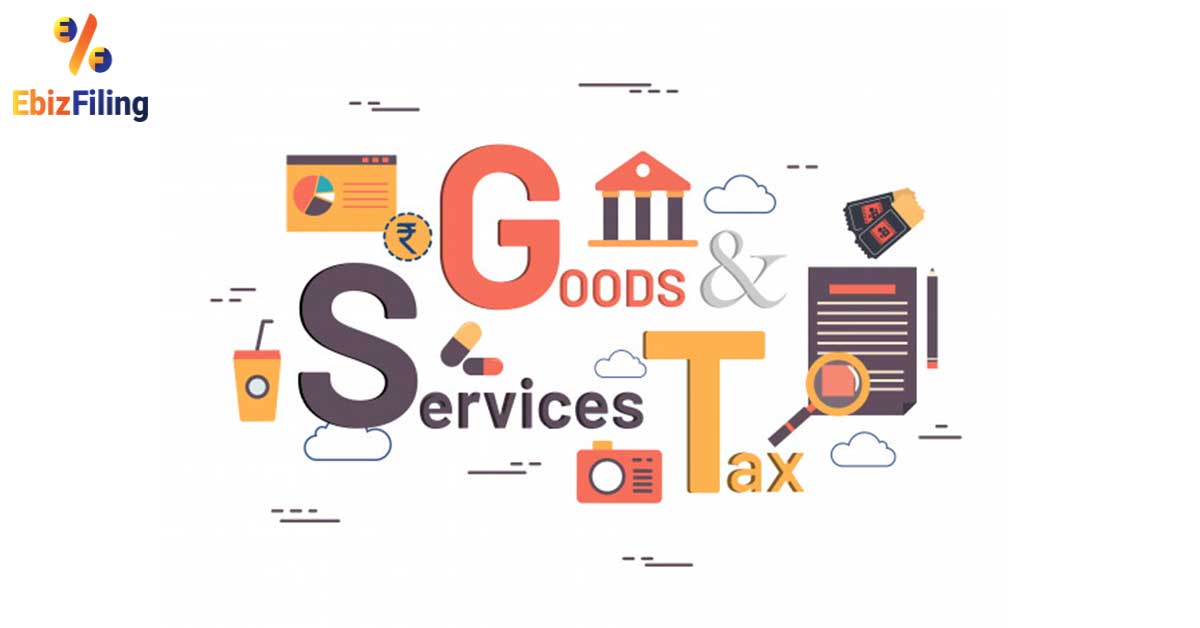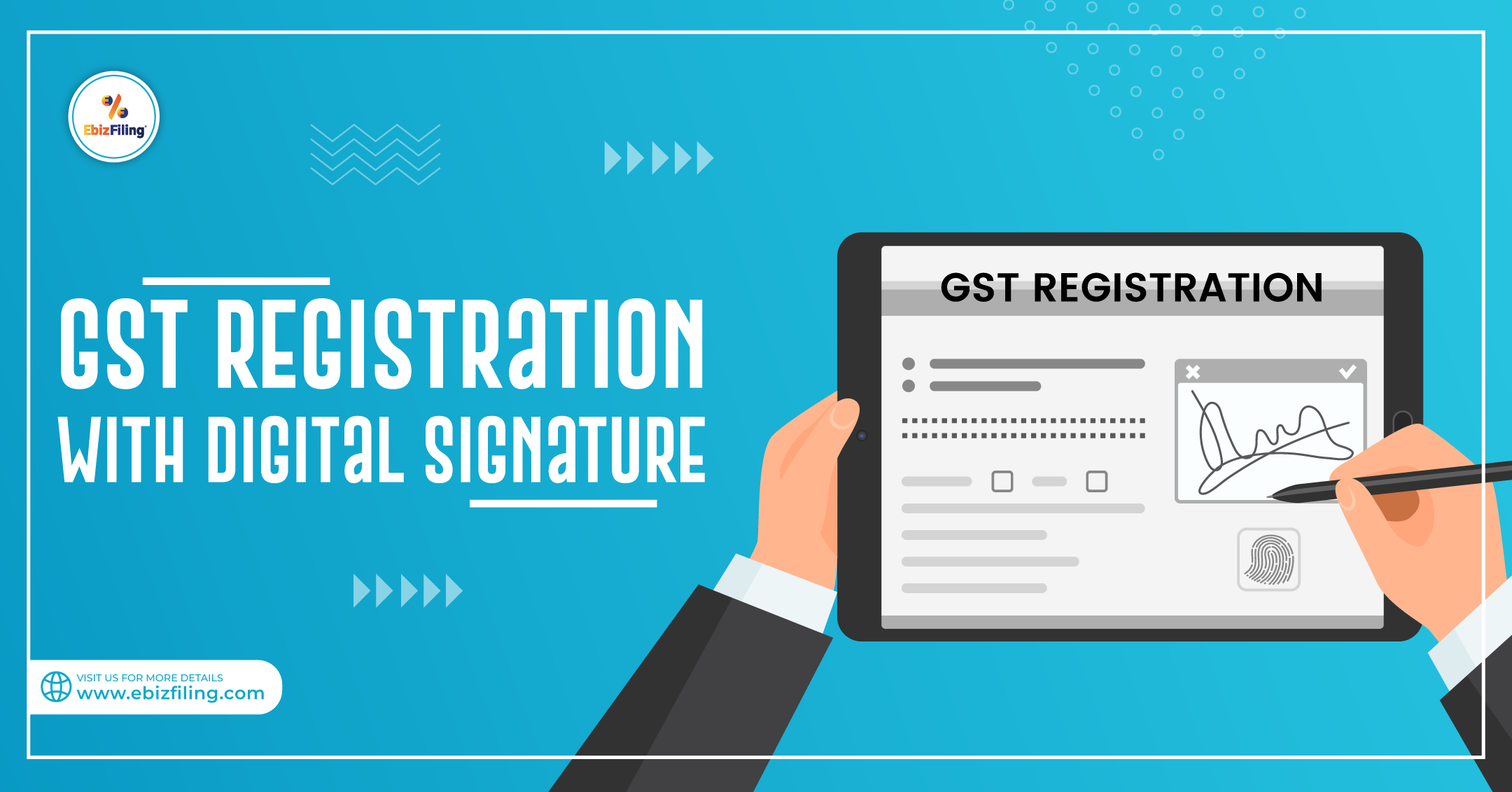Comprehending the Conveniences of Singapore GST Registration for SMEs
Comprehending the Conveniences of Singapore GST Registration for SMEs
Blog Article
The Ultimate Guide to Streamlining the GST Registration Process and Demands for Local Business Owners

Understanding GST Basics
To comprehend the basics of the Item and Services Tax (GST) system, small company owners need to first recognize its underlying effects and concepts. GST is a value-added tax obligation levied on most items and solutions for residential consumption. It aims to improve the taxes procedure by replacing several indirect taxes imposed by the state and main federal governments. Under the GST regime, organizations are needed to register and collect tax in behalf of the government, ensuring openness and compliance.
One of the crucial concepts of GST is input tax credit, which permits businesses to assert credit report for tax obligations paid on their purchases. Understanding these fundamental concepts is important for small organization proprietors to browse the complexities of the GST system and ensure conformity with the legislation.
Qualification Criteria for Registration
Having established a foundational understanding of GST concepts, small company proprietors should now fulfill certain eligibility criteria to proceed with the enrollment procedure (Singapore GST Registration). Companies that were signed up under the previous tax regimen (VAT, solution tax obligation, etc) are also mandated to register under GST. Farming organizations that only provide generate out of key manufacturing are exempt from GST enrollment.
Files Needed for GST Registration

Simplified Enrollment Refine Actions
Adhering to the collection and verification of the requisite records, the registration procedure for GST can be navigated with a collection of simplified steps made to facilitate reliable conformity for little service owners. The primary step involves seeing the GST portal and selecting the 'New Registration' choice. Subsequently, the applicant has to load in Part A of the GST REG-01 type with details such as PAN, mobile number, and e-mail address to obtain an OTP for confirmation. Once the OTP is obtained and entered, a Momentary Recommendation Number (TRN) is generated for additional process. The next action calls for completing Component B of the type with required service details, uploading supporting papers, and finishing the confirmation process making use of DSC or EVC. Finally, upon successful confirmation, an Application Recommendation Number (ARN) is provided, suggesting the completion of the GST registration process. By adhering to these streamlined actions, small company proprietors can effectively sign up for GST and guarantee compliance with tax obligation regulations.
Tips for Ensuring Compliance
To keep regulative adherence and functional honesty, persistent oversight and aggressive steps are crucial in ensuring conformity with GST demands for small company proprietors. Tiny service owners should remain upgraded with GST regulations, filing due dates, and any type of changes in tax obligation rates to stay clear of fines and maintain a great standing with tax obligation authorities. Attending GST why not find out more understanding workshops or training programs can boost understanding and compliance with GST regulations, eventually benefiting the service in the lengthy run.
Conclusion
In conclusion, local business owners should understand the essentials of GST, satisfy the qualification criteria, gather required files, and adhere to the streamlined registration process steps to guarantee compliance. By streamlining the GST i loved this enrollment process and needs, little business proprietors can stay clear of penalties and run their services smoothly within the legal structure - Singapore GST Registration. It is essential for small company proprietors to stay certified and educated with GST regulations to maintain a successful business procedure
Tiny organization owners seeking GST registration must ensure they gather and submit the required documents to complete the registration process effectively. The documents needed for GST enrollment generally include proof of organization enrollment or incorporation, FRYING PAN (Irreversible Account Number) card of the business identity, entity and address proof of the promoters/partners/directors, photos, address evidence of the location of business, financial institution account declarations or terminated cheques, and authorization forms. Going to GST understanding workshops or training programs can boost understanding and conformity with GST guidelines, inevitably profiting the organization in the long run.
By streamlining the GST registration process and demands, little company proprietors can avoid penalties and operate their services smoothly within the lawful visit this site framework. It is critical for small service proprietors to remain compliant and informed with GST policies to maintain an effective company procedure.
Report this page